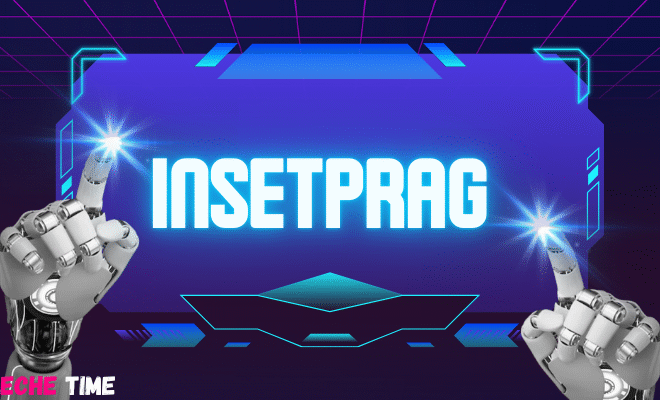
The Advancements in High Voltage Insulator Technology: What You Need to Know
When it comes to the world of high-voltage electricity, insulators play a critical role. They keep power flowing safely through transmission lines, protecting the wire and anyone who might come in contact with the line. Over the years, significant advancements in high voltage insulators have been made.
This has resulted in greater safety. It’s also more efficient power transmission. Here are the latest innovations.
Insulating Against Challenges
High-voltage insulators are critical components in power transmission systems. It provides the crucial separation between the conductor and the ground.
The challenge is to maintain the flow of electricity in the most demanding environments. This is with existing infrastructure reaching the limits of its capacity. This includes renewable energy sources requiring new transmission lines.
Material Matters
Traditionally, insulators have been made of materials like porcelain and glass. It performs exceptionally under certain circumstances but lacks scalability and resilience on a broader scale. The development of advanced composite materials is because of the search for solutions that are more:
- powerful
- resilient
- cost-effective
The Evolution of Polymers
Polymer insulators are a game-changer in high-voltage transmission. By using materials like silicone rubber, these insulators are not only lighter and easier to install but also more resistant to weathering and pollution. This can degrade the performance of traditional insulators.
Design Innovations
One key aspect of insulator technology is the design’s ability to mitigate the effects of the electric field and voltage gradients. These are the primary reasons for insulators to fail.
Modern insulator profiles and shapes are engineered using complex computer simulations. This is to optimize electric field distribution. Consult a utility service to learn more about insulator design.
Shedding Light on Performance
The iconic “shed” design is one such innovation. This is where the insulator’s surface is covered in a series of projections or sheds. These sheds aid in preventing the establishment of a continuous pathway of leakage current, which frequently results in insulator flashovers.
Implementing Intelligence
The digital revolution is not bypassing high-voltage insulators. Smart insulators equipped with sensors and communication technology can provide real-time data on their condition.
It also alerts operators to potential issues. This enables predictive maintenance and enhances outage response times.
The Internet of Insulators
This concept is often referred to as the “Internet of Insulators.” It could transform how we manage and maintain critical power infrastructure. It guarantees the reliability of the grid while minimizing the potential for expensive downtime.
Sustainability in the Spotlight
The modernization of high-voltage insulators also corresponds with broader initiatives aimed at fostering a more sustainable energy environment. Through this, we can make substantial progress towards a greener future.
This is by reducing the environmental impact of insulation materials. This includes enhancing the efficiency of our power systems.
Eco-Friendly Materials
New insulating materials not only provide performance advantages but also present an opportunity for improved environmental friendliness. High-voltage insulators are now free from dependence on pollutant materials. This is with bio-based and recyclable alternatives emerging.
Enhancing Energy Efficiency
Another focal point of insulator technology development is achieving efficiency gains. By reducing leakage currents and material losses, new insulators contribute to a more efficient power grid. This minimizes the energy lost during transmission.
Clever Coatings
Cutting-edge coatings and surface treatments are under development to effectively repel moisture and pollutants.This enhances the insulation properties and lifespan of these critical components.
Check Out High Voltage Insulator Today
The rapid pace of technological advancements in high voltage insulator technology is not slowing down. These innovations are enhancing safety and reliability.
It also improves the efficiency of power transmission systems around the world. With each breakthrough, the future is brighter!
If you want to read more articles, visit our blog.








